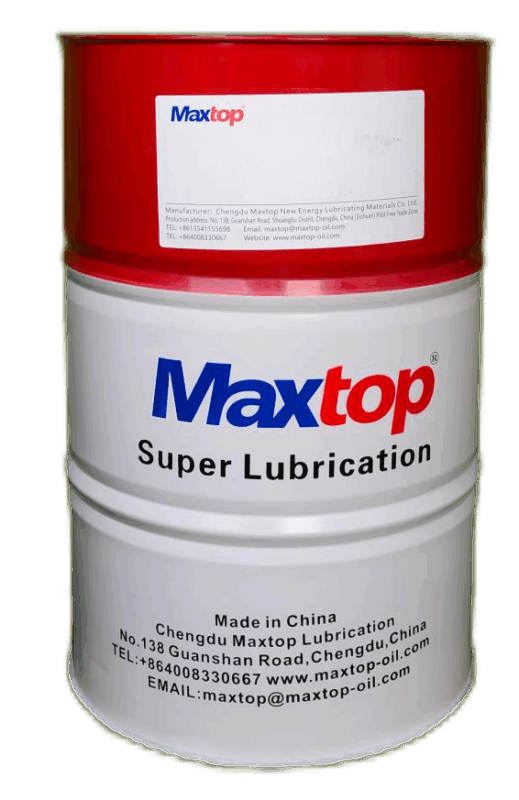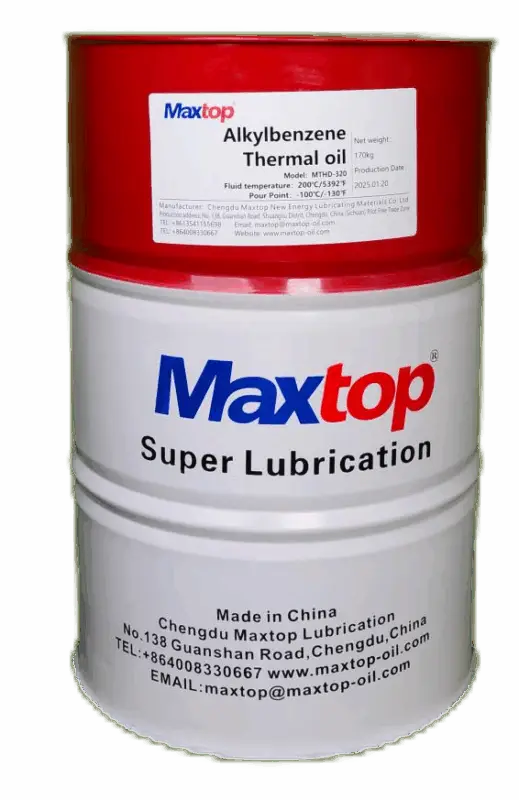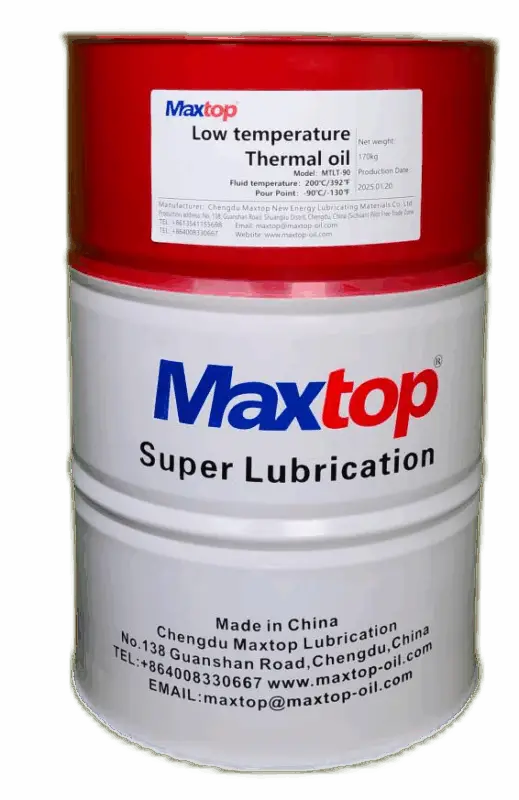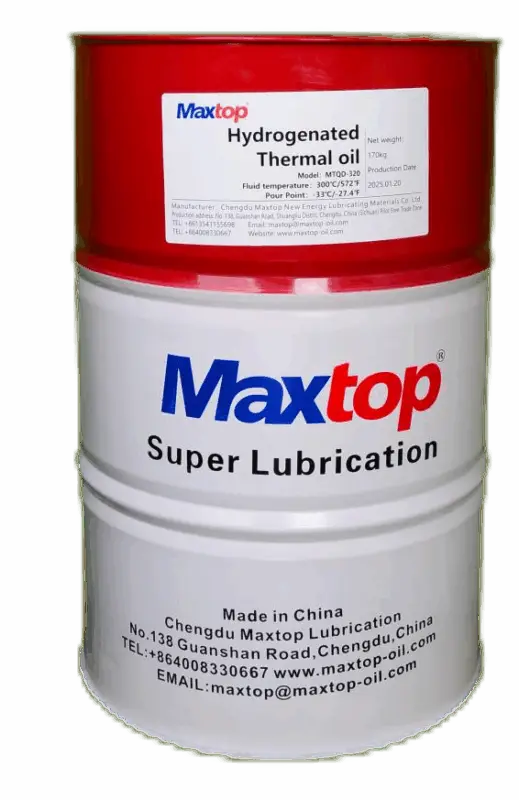Heat transfer fluid Heating: Why It’s Slow & How to Do It Right
Why is Heat Transfer Fluid Heating Slowly or Stopping at 100°C (212°F)?
A common concern for users is: “Why does the heat transfer fluid heat up so slowly, and why does the temperature stop rising around 100°C?”
Let’s explore the reasons behind this and how to heat your system efficiently and safely ✅
🧠 Why Heat Transfer Fluid Doesn’t Heat Up Properly
If the heating process stalls around 100°C, it’s not necessarily a system failure. The main culprit is likely:
💧 Water in the system.
After cleaning or hydrostatic pressure testing, some residual water can remain inside the pipelines or tanks. When you start heating:
-
The water in the heat transfer fluid begins to boil at 100°C (212°F) 🌡️
-
It absorbs a significant amount of heat (latent heat).
-
The temperature of the heat transfer fluid stagnates, making it appear like heating has “frozen”.
Solution: Gradually increase the temperature and hold it steady to allow the water to evaporate. Once the water is gone, the temperature will continue to rise as expected.
⚙️ Step-by-Step: Proper Heat Transfer Fluid Heating Process
Heating the system too quickly can damage both your equipment and the heat transfer fluid. Follow this safe and effective heating procedure:
| Step | Temperature Range | Action |
|---|---|---|
| 1️⃣ | Room Temp → 100°C | Heat slowly. Check for leaks and monitor the system. |
| 2️⃣ | 110–130°C | Hold the temperature to allow any remaining water to evaporate. |
| 3️⃣ | 200–250°C | Hold the temperature again (depending on your system’s operating temperature). |
| 4️⃣ | Final Operating Temp | Gradually raise the temperature to the final operating range. |
-
Keep the heating rate below 30°C per hour.
-
Larger systems take longer to heat, so slow down the process 🐢.
-
Always monitor pressure, temperature, and fluid flow during heating.
🛠️ What to Check During Heating
Even if everything looks good, regular inspections are crucial during startup. Here’s what to keep an eye on:
✅ Check for:
-
Leaks (pipes, valves, joints) 🔍
-
Abnormal thermal expansion
-
Pressure and flow stability
-
Unusual sounds or vibrations
📋 Log important data: temperature, pressure, differential pressure, and flow rate.
🚀 MASTTO: More Than Just Heat Transfer Fluid — We’re Your Full-Service Partner
At MASTTO, we don’t just supply high-quality heat transfer fluid. We’re here to help you at every stage:
| Stage | MASTTO Services |
|---|---|
| 🛒 Pre-sale | Fluid selection, technical support, system optimization |
| 📦 Mid-sale | Logistics, on-site startup support |
| 🔧 After-sale | Fluid sampling, system maintenance, online regeneration |
Our experts ensure your system operates safely, efficiently, and cost-effectively—from day one to year five.
🎯 Final Thoughts
Efficient heating isn’t just about turning the system on. It’s about understanding how heat transfer fluid behaves—especially when water is present. By following the correct procedures and monitoring your system closely, you can:
✅ Prevent delays
✅ Extend the life of your heat transfer fluid
✅ Maximize system safety
📞 Contact Us
If you have any questions about heat transfer fluid selection, system setup, or any other concerns, don’t hesitate to reach out. With our extensive industry experience, we can provide professional support and tailored solutions to meet your needs.
We look forward to assisting you and providing top-quality products and services for your heating systems! 😊
Product Recommendation
-
 Synthetic Heat Transfer fluid
Synthetic Heat Transfer fluid
-
 Special electric heating heat conduction fluid series
Special electric heating heat conduction fluid series
-
 Alkylbenzene synthetic heat transfer fluid(MTHD320)
Alkylbenzene synthetic heat transfer fluid(MTHD320)
-
 Low temperature heat transfer fluid series products
Low temperature heat transfer fluid series products
-
 Electric heating oil compound heat conduction fluid
Electric heating oil compound heat conduction fluid
-
 Anti-coking Heat Transfer Fluid (MTD300)
Anti-coking Heat Transfer Fluid (MTD300)
-
 Hydrogenated synthetic heat transfer fluid
Hydrogenated synthetic heat transfer fluid

